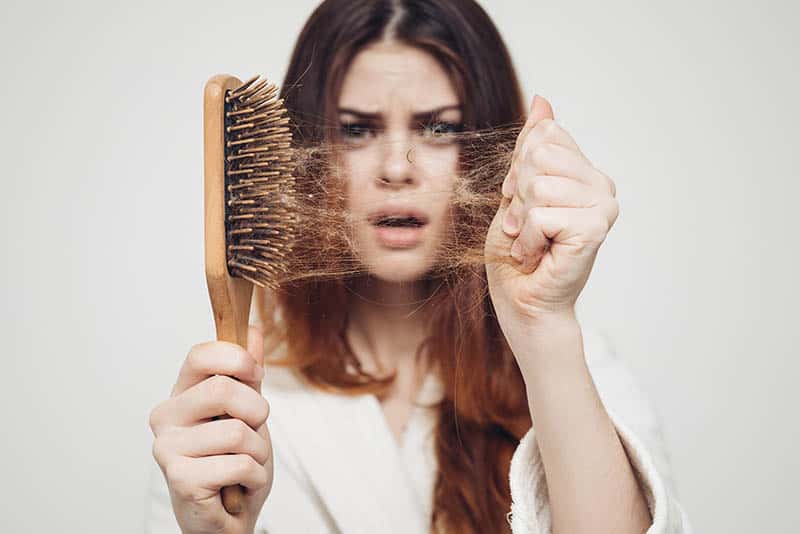After the whirlwind journey that is pregnancy and caring for a newborn, postpartum hair loss is a motherhood rite of passage every woman would rather avoid.
According to the American Academy of Dermatology, the cause of this phenomenon is falling estrogen levels after labor. These levels are what kept your hair so shiny and full while your little one was still in utero.
Also known as postpartum alopecia and telogen effluvium, it causes the hair to shed faster than it can grow back, causing some women to have receding hairlines or even bald spots that can lead to feelings of low self-confidence and insecurity.
Regardless of how severe your hair loss is, rest assured that your hair will grow back and this change is only temporary.
While you wait for it to grow back, try one (or all) of the tips for treating postpartum hair loss listed below!
6 Tips To Deal With Postpartum Hair Loss
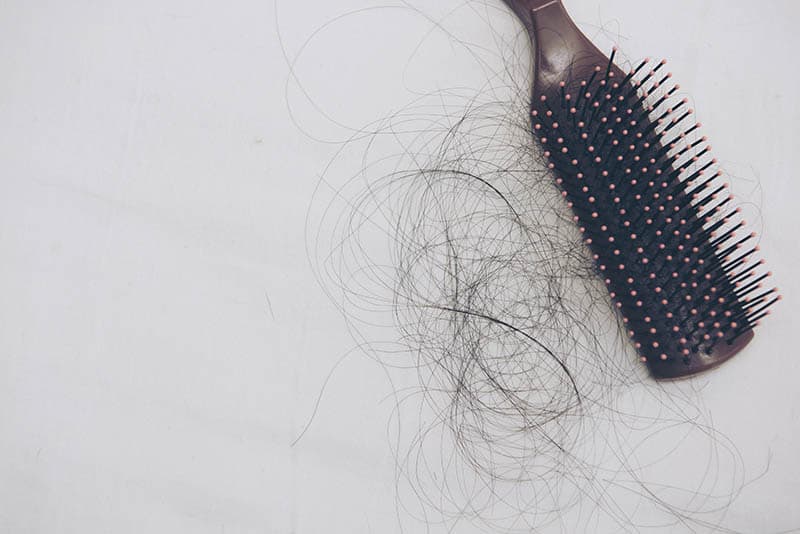
Even though hair loss in the postpartum period is normal and expected, it still doesn’t mean it’s easy to deal with, especially if the appearance of your hair is important to you.
Here are some postpartum hair loss treatment ideas:
1. Opt for a volumizing shampoo
Depending on your hair type and texture, you might be using a shampoo that has the effect of weighing your hair down and creating a flatter look.
Volumizing shampoo, on the other hand, should create the appearance of fuller and thicker hair. Shampoo that’s safe for pregnancy is another good option since such shampoos have clean ingredients.
Since washing your hair every day isn’t healthy, you can apply dry shampoo on days when you skip a wash. Dry shampoo is another effective way of adding volume to your hair in just a few seconds.
Alternatively, you can opt for a shampoo and conditioner combo made for women with thinning hair and experiment with new beauty products made for fine hair.
2. Change your diet
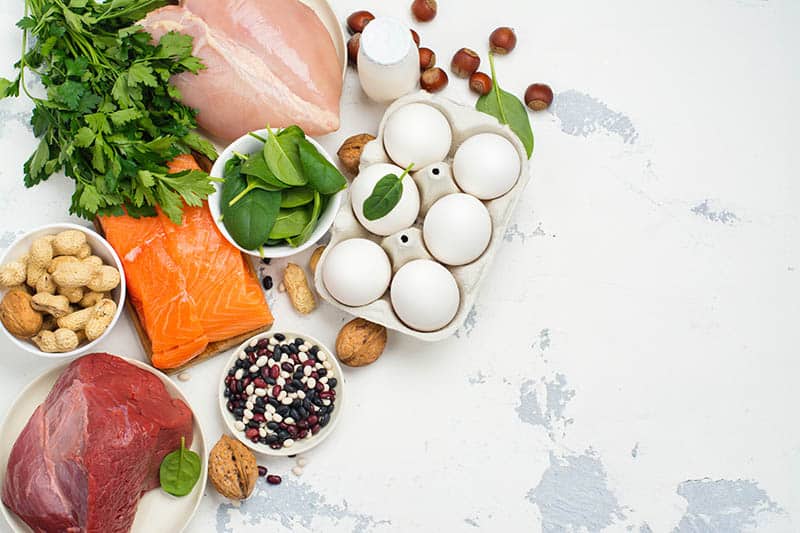
Whether it’s skincare, nail care, or hair care, the key to a healthy appearance comes from within.
What you eat is going to manifest itself in the way you look, including your hair, so consider what you have been eating for the past couple of weeks.
Obviously, a healthy and varied diet is a must but there are specific foods that can contribute to healthy hair, too.
These include dark leafy greens, such as kale, which contain plenty of vitamin C and iron.
The latter will help you battle fatigue, too, so you should make sure to have plenty of iron in your diet.
Fish and eggs should also go on your menu, as they contain nutrients like omega-3 fatty acids and vitamin D, which is an important vitamin for your skin.
Other hair-friendly foods include carrots and sweet potatoes.
3. Avoid heat styling
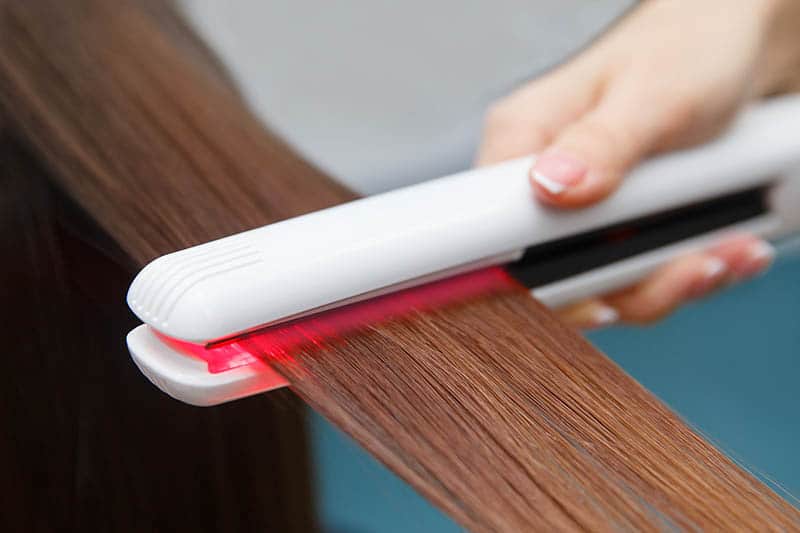
By this, I mean using a blow dryer, curling iron, hair straightener, or any other device that uses heat to style your hair.
If you need to use a blow dryer, allow your hair to at least partially air dry before using heat to fully dry it.
Using styling devices can make your hair look even thinner, so don’t be afraid to go natural for a while.
Plus, your hair will thank you for it as it won’t sustain any heat damage from straightening or curling.
4. Pay a visit to a hair salon
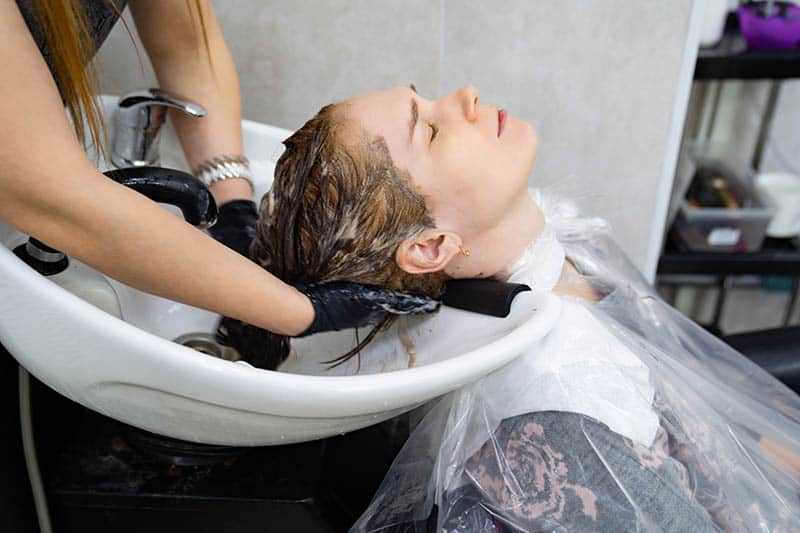
While you wait for this period of your postpartum journey to end, one of the best ways to deal with your hair falling out is to visit your hairstylist.
For example, you can try a shorter hairstyle, such as a bob if you have long hair, which will be helpful since longer hair tends to weigh itself down and create the appearance of having less volume.
You can get a more layered haircut to create volume, as well.
Plus, getting a haircut is a great opportunity to get out of the house for a little while and practice some self-care away from all the daily responsibilities of motherhood.
Ask the stylist if they have any suggestions and don’t be scared to let them know you’re experiencing postpartum hair loss!
Chances are that you’re not the first mama they have encountered with this problem and they will be able to suggest a temporary solution you might like and feel confident with.
Highlights are another solution that can freshen up your look and create the appearance of volume.
Just make sure to allow a professional to treat your hair – DIY is great, just not when it comes to your hair.
5. Try different hair accessories

Never underestimate the magical power of hair accessories such as headbands and bandanas.
Not only will they hide any bald spots or a receding hairline but they will keep your hair out of your face so you don’t have to wear a ponytail.
Now is a great time to start wearing hats or stylish baseball caps that will give you a fresh look while concealing your fine hair.
On the other hand, avoid hairstyles that require you to pull your hair back as this can lead to more hair loss.
If you absolutely need to tie your hair up, choose a scrunchie instead of a regular hair tie.
Only brush your hair when necessary and use a wide-tooth comb to detangle your hair after you get out of the shower.
6. Take postpartum hair loss vitamins
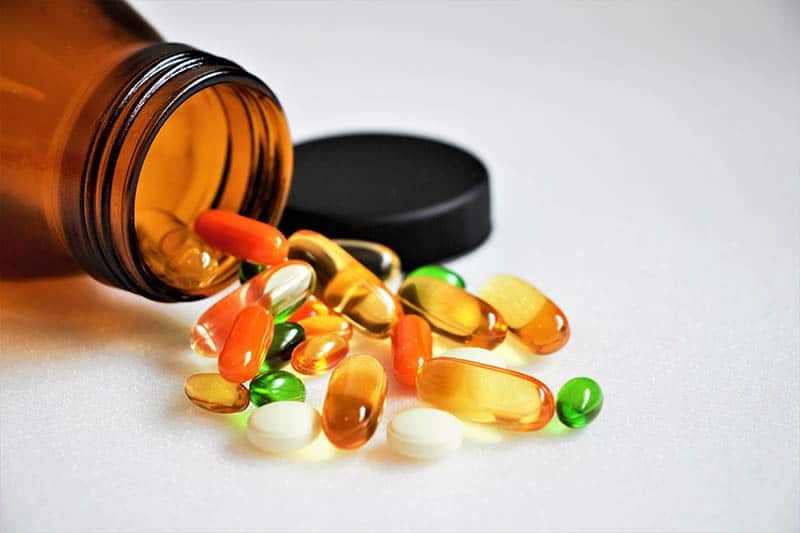
Did you know that there are vitamin supplements specially formulated for the postpartum period?
New moms usually take prenatal vitamins while pregnant but you can continue taking either postnatal or postpartum supplements after you deliver your baby.
In addition to this, some women take biotin (also known as vitamin B7) supplements that are supposed to promote the growth of hair and nails, as well as improve the appearance of skin.
Naturally, a balanced diet should still be a priority but the vitamins can improve your health, especially if you’re breastfeeding.
What Causes Your Hair To Fall Out After Giving Birth?
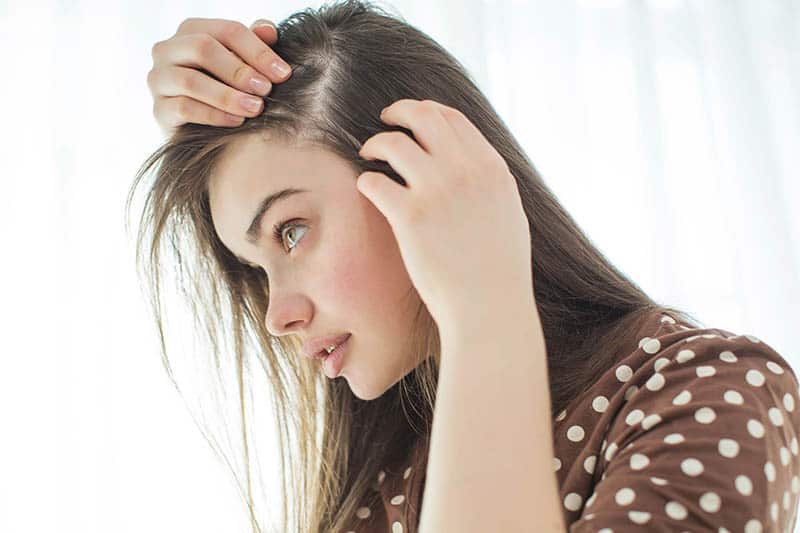
Over the years, I’ve encountered many women who have felt similarly about postpartum hair loss, saying that no one had warned them that they would lose a lot of hair after delivering their baby.
So, when does postpartum hair loss start? Well, there is no set timeline and you can expect it anytime after you deliver your baby.
Firstly, I would like to assure you that you are not losing your hair, it’s simply shedding.
The main cause of this unusual postpartum side-effect lies in fluctuating hormone levels during pregnancy and after giving birth.
Typically, hair growth happens in three phases – growth phase, resting phase, and falling out phase.
When you’re pregnant, the hair growth cycle is disturbed by rising estrogen levels. These pregnancy hormones keep the hair from falling out at its usual rate, which causes pregnant women to have really full, beautiful hair.
But all good things come to an end. Once hormonal changes kick in after you give birth and your estrogen levels fall, all of that hair that didn’t fall out while you were pregnant will start to shed.
The shedding can be so extreme that you will notice hair coming out in clumps, which will send even the most relaxed mama into a state of panic.
To help assuage your concerns, here is some data.
During a normal hair cycle, you typically lose around 100 hairs per day, without even noticing. You brush it out or lose it in the shower and because it’s being replaced with new hair, you pay no attention to it.
During the postpartum period, however, you’re losing as many as 400 hairs per day! Suddenly, your hair has gone from lush and shiny to flat and dull, and you’re at a loss about what to do.
Thankfully, postpartum hair loss doesn’t last that long. With a little patience and care, you will be experiencing hair regrowth in only a few months.
How long does postpartum hair loss last?
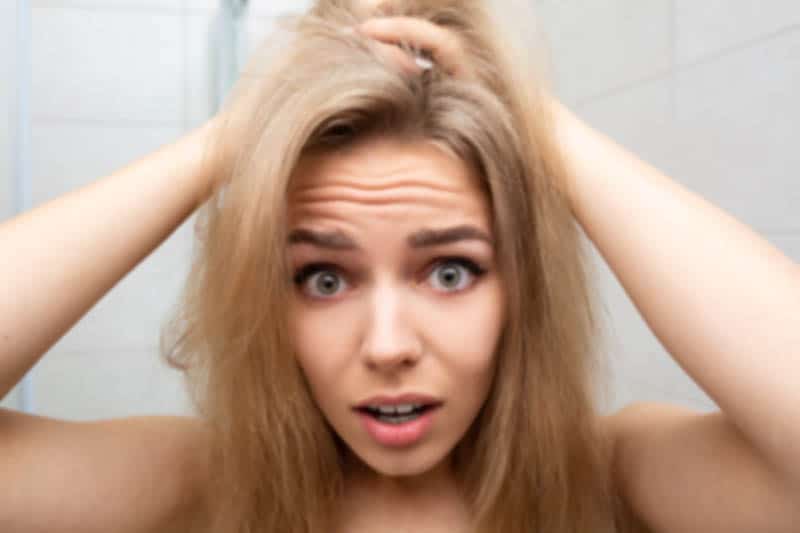
When women experience severe hair shedding, the first thing on their minds is when their hair growth will return to normal.
If you just had a baby, you can expect the worst of the hair loss to take place around 4 months postpartum.
By the time your baby’s first birthday arrives, your fine hair should slowly start going back to normal.
If your hair falls out after the one-year mark, you should consult with a dermatologist about your options.
Final Thoughts
It can be difficult to deal with postpartum hair loss, especially after months of having beautiful and full hair.
Coupled with all the intense emotions that the postpartum journey brings, seeing clumps of hair falling out can send you into a whirlwind of negative emotions.
When this happens, take comfort in knowing that you’re not the only mama going through this.
In a few months, your hair growth will return to normal and you won’t need to use headbands or other accessories to hide your hair shedding.
Meanwhile, you can take some of the steps I described above to give your hair a break as it recovers. Good luck, mama!
READ NEXT: Baby Hair Growth Milestones – When Do Babies Grow Eyebrows?
References:
“Hair loss in new moms” published on the American Academy of Dermatology website. Accessed September 3, 2020.
Like this post? Please share or pin it for later. You can also stay in the loop and follow us on Facebook, Instagram and Pinterest.
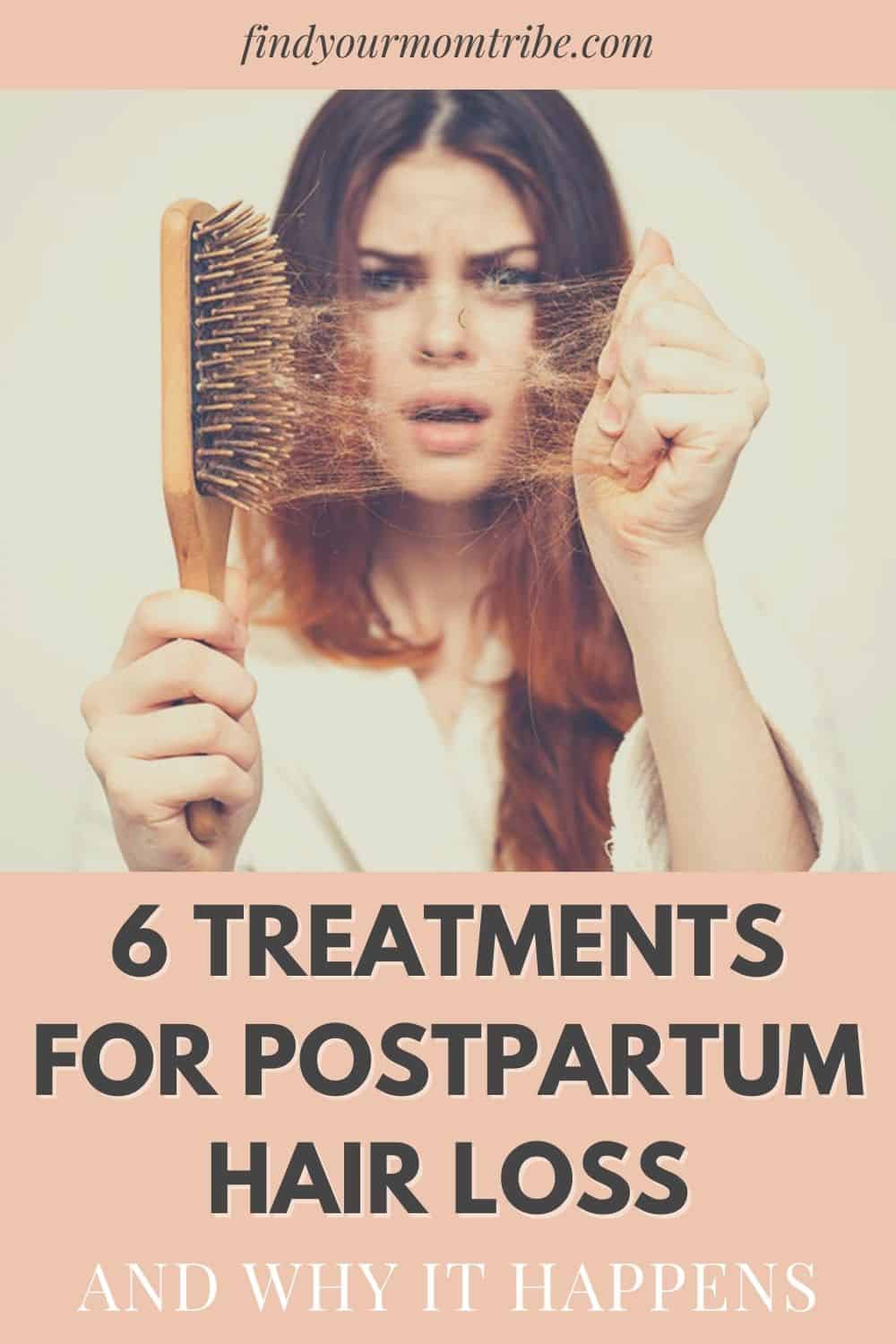
This post contains affiliate links. Please see our full disclosure or more info.

